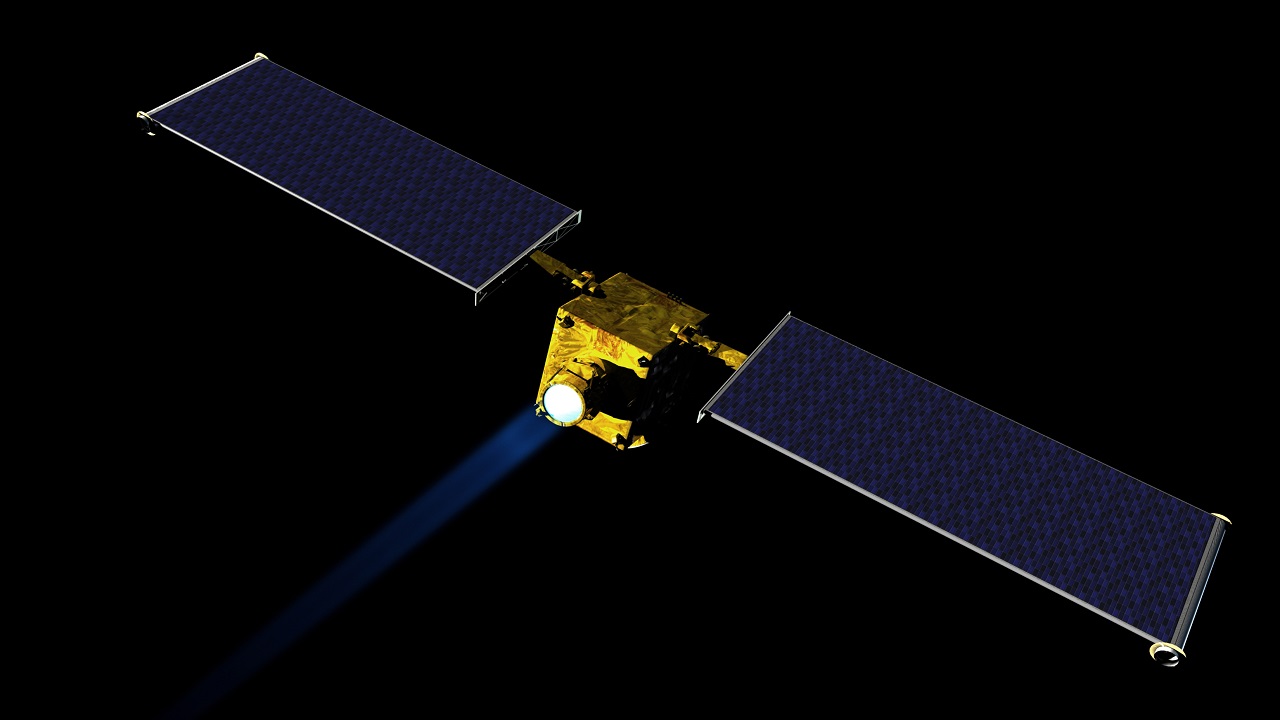NASA has been given the green light to proceed with mission DART (Double Asteroid Redirection Test), which essentially means trying to change the course of an asteroid by crashing a satellite into it.

Credits: NASA/JHUAPL
If a devastating large asteroid was headed right for Earth — although very unlikely – it is actually inevitable to happen eventually in the very long term. Therefore, NASA and other space institutions need to establish how to deal with this fact, and one idea is to build a spacecraft that could simply slam into an asteroid while it is still far away from Earth, altering its trajectory just enough for it to safely fly by our home planet instead of into it.
NASA will now test this idea by crashing a refrigerator size object against the asteroid Didymos B, which is about 160 meters wide – wich is actually a binary asteroid with two bodies, hence the name Didymos, Greek for “twin.” – in order to get the asteroid Didymos A, which is about 800 meters wide, to change course.
“A binary asteroid is the perfect natural laboratory for this test. The fact that Didymos B is in orbit around Didymos A makes it easier to see the results of the impact and ensures that the experiment does not change the orbit of the pair around The sun. “
– Tom Statler from NASA’s DART program
These asteroids are quite large and can be compared to the meteor strike in Chelyabinsk, Russia in 2013 which was only about 20 meters in diameter but exploded in a 400 to 500 kiloton blast, releasing roughly 30 times as much energy as the atomic bomb over Hiroshima.
A target launch date has not been announced, but NASA mentioned their target asteroid, Didymos, will be making distant approaches to Earth in 2022 and 2024, suggesting a launch soon enough to hit the asteroid in the early 2020s is possible.
Reference:
NASA: Mission Page DART






















